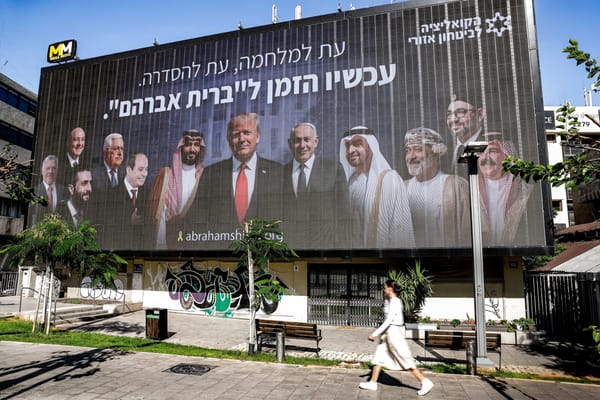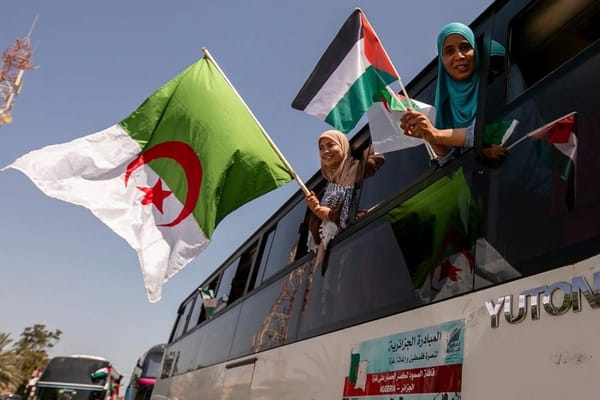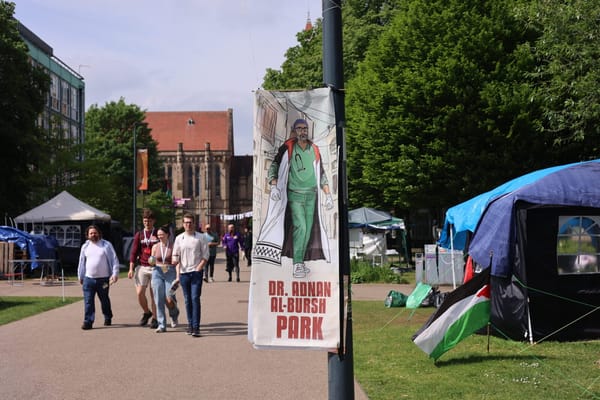Settlement Secularism
Scan the headlines for news about Israeli settlers, and you are likely to be overwhelmed by stories of a radical and violent religious nationalism: extremists marching on the al-Aqsa mosque in Jerusalem, guarded by Israeli soldiers, to pray atop the Temple Mount; West Bank colonists torching olive t









